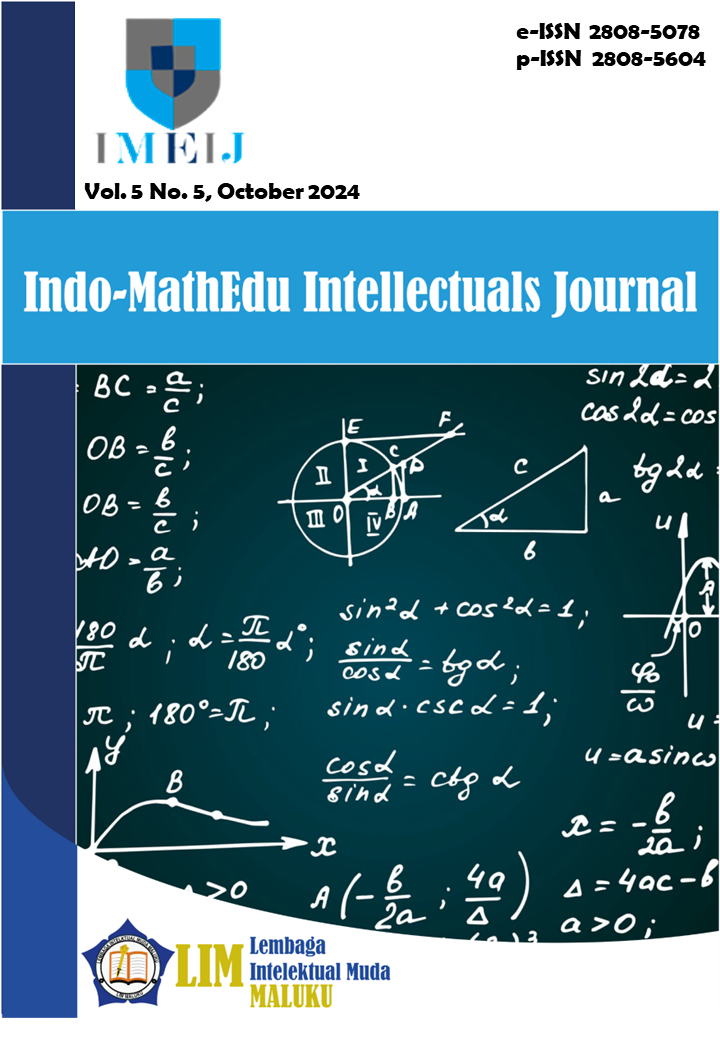Pengaruh Penggunaan Media Video Materi Bagian Tubuh Tumbuhan Terhadap Hasil Belajar Siswa pada Mata Pelajaran IPAS Kelas 4 SDN 15 Sungai Raya
Main Article Content
Abstract
This research aims to determine the effect of using video media on student learning outcomes in science and science learning for grade 4 students at SDN 15 Sungai Raya. The research approach is quantitative, while the type of research is quasi experimental design. The independent variable (X) is video media, while the dependent variable (Y) is learning outcomes. The population in this study were students in class 4 A and class IV B. Class IV A consisted of 30 students consisting of 16 boys and 14 girls. Meanwhile, class IV B has 30 students consisting of 18 boys and 12 girls. The samples in this research were students in class IV A (experimental class) and IV B (control class). The technique used is Clear Sampling. The collection technique uses tests. Hypothesis testing uses the Independent Sample T-test formula which is preceded by a normality test and a homogeneity test. The research results showed that there was a significant difference in student learning outcomes in science learning between the experimental class which used animated video media and the control class which used Power Point media. This is shown by the T-test results, namely Sig with a value of 117 < 0.05. The average post-test score for the experimental class was 80.00, better than the average post-test score for the control class, which was 61.67 at the specified KKM, namely 70

